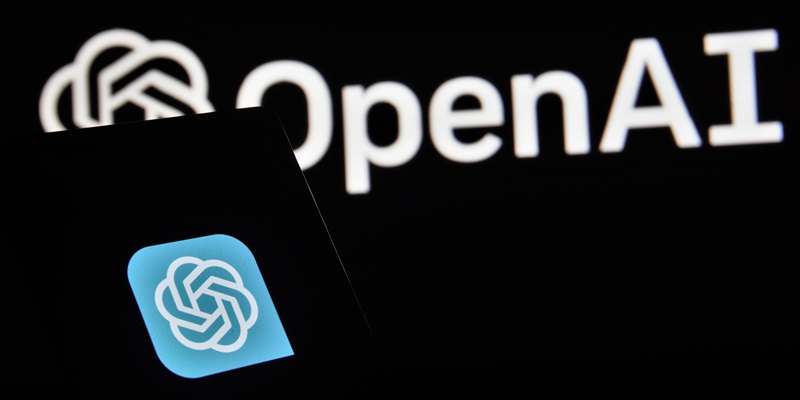OpenAI, the leading artificial intelligence research lab, is preparing to release a highly anticipated user interface update for its popular chatbot product, ChatGPT. Additionally, leaks suggest that OpenAI is working on a new tool that would enable third parties to build their own chatbots with distinct styles, responses, and limitations. This expansion marks OpenAI’s move as a user-generated content platform, offering exciting possibilities for AI enthusiasts and developers.
Integration with Third-Party Cloud Drives
One of the most intriguing features highlighted in the leaks is the integration of “connectors,” enabling ChatGPT to seamlessly access and surface private files and information from third-party cloud drives, including Google Drive and Microsoft 365. This development would position ChatGPT as a powerful tool capable of retrieving relevant information from within files and providing personalized insights. Notably, this capability is rumored to surpass even that of Google Bard, which can fetch similar information from Gmail and Google Drive.
New Subscription Plans
OpenAI is reportedly rolling out new subscription plans, including the Team Plan priced at $30 per month. This subscription offers users a host of benefits, such as unlimited access to the lightning-fast GPT-4, expanded context capabilities, and unrestricted use of the Advanced Data Analytics model. These subscription plans aim to cater to different user needs, providing enhanced features to encourage widespread adoption and usage of OpenAI’s evolving suite of AI tools.
Context Connectors and App Integration
ChatGPT’s groundbreaking “context connectors” provide users with the ability to connect various apps and access their information within the ChatGPT interface. This integration will pave the way for seamless interactions with popular applications, harnessing the power of AI to streamline workflows and provide valuable insights. OpenAI’s ambitious vision of becoming a user-generated content platform hints at the potential for users to create and share their own AI agents, opening up new avenues for collaboration and innovation.
Anticipation in the AI Community
The leaked information has caused a stir within the wider AI community, with experts and enthusiasts eagerly discussing the plausibility and potential impact of these new developments. While these leaks are not official announcements from OpenAI, the community largely considers them highly likely, if not guaranteed. The prospect of user-generated chatbots and enhanced integration capabilities has sparked excitement and speculation about the future possibilities of AI-driven interactions.
Upcoming Developer Conference
OpenAI’s highly anticipated developer conference, DevDay, is scheduled to take place on Monday, November 6th. OpenAI’s co-founder and CEO, Sam Altman, has already teased developers with promises of showcasing “great stuff” at the event. DevDay presents an invaluable opportunity for developers and AI enthusiasts to witness firsthand the latest advancements in OpenAI’s technology and engage in discussions about its potential applications and impact.
As OpenAI prepares to unveil its new user interface for ChatGPT and introduces the ability for third parties to build chatbots with distinct styles and limitations, excitement continues to build within the AI community. The integration of connectors with third-party cloud drives and the availability of new subscription plans further solidify OpenAI’s commitment to empowering users and developers. VentureBeat will be on the ground at OpenAI DevDay, providing live coverage and analysis of the event’s highlights. Stay tuned for updates as OpenAI pushes boundaries and brings new AI innovations to the forefront of technology.

